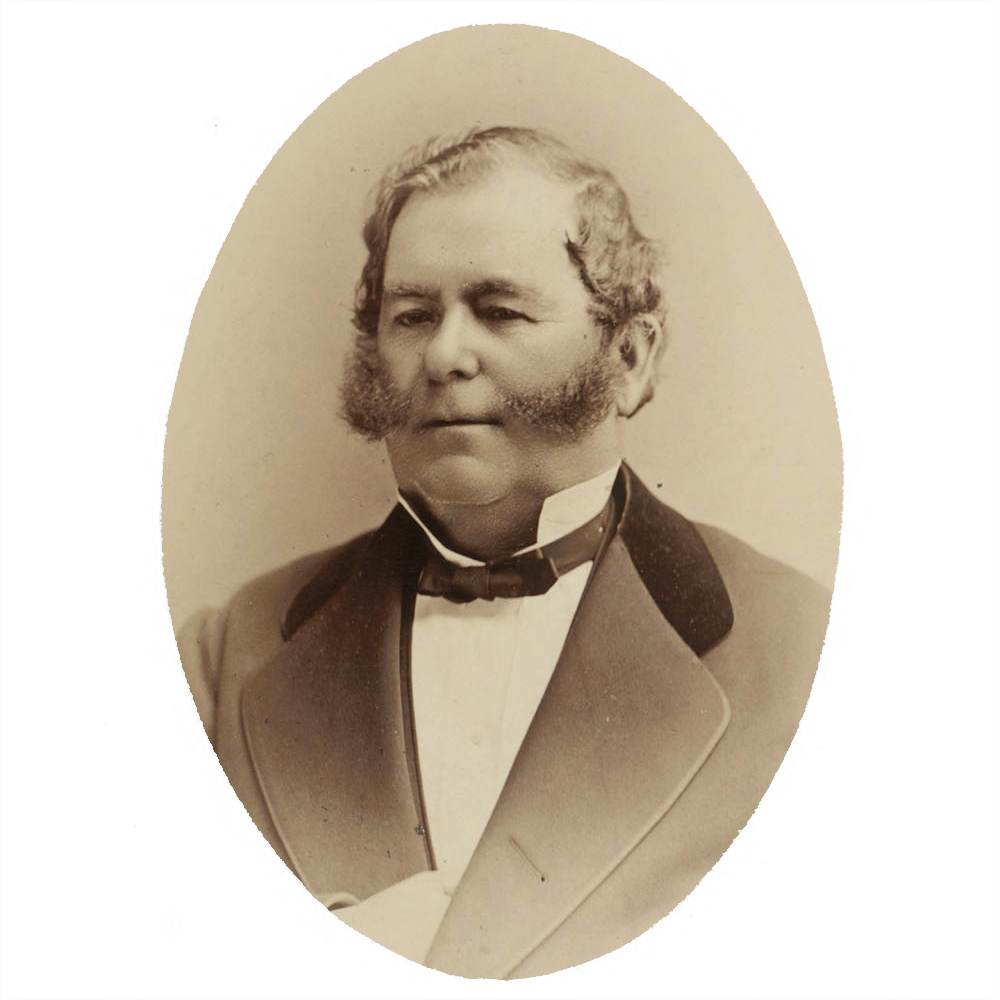Images Courtesy of Suzanne Becker Bronk
The Stags Leap District AVA is a Napa Valley Appellation that is known for being the first American Viticultural Area in the United States to be created based on the distinct qualities of its soil.
Stags Leap District is an American Viticultural Area located within Napa Valley, about six miles north of the City of Napa. Considered to be a valley within a valley, Stags Leap District is located between the Stags Leap Palisades on the east side and the Napa River on the west. The Stags Leap District covers an area that is three miles long and one mile wide, with over half of its 2700 acres planted to grapevines.
Stags Leap District wines are known for being an “iron fist in a velvet glove.” The wines are like this for several reasons. First of all, this area is low in the valley so has regular access to breezes and fog from the San Pablo Bay which makes for a cooler environment. Secondly, the knolls and the Palisades work to form a wind tunnel. Above a certain mph, wind will actually shut down the vine and thereby slow photosynthesis and ripening. This extends the growing season considerably.
The region’s soils are a mix of sandstone, shale, gravelly loam and volcanic material. It is home to one of east Napa Valley’s few alluvial fans and is the only valley floor appellation to not extend the full width of the valley. Cabernet Sauvignon is the dominant grape here and the wines tend to be soft with plush fruit and ripe tannins, but a sometimes strident acidity.
The rocky hillsides of the Stags Leap Palisades reflect heat and cause the vineyards to grow hotter more quickly than other areas in Napa Valley, but in the evening the cooling, marine breeze from San Pablo Bay sweeps through like a funnel. The nighttime cooling breeze from San Pablo Bay and surrounding hills produces lower overnight temperatures which allows grapes to achieve a desirable balance of acid and sugar. These conditions produce a longer growing season of warm days and cooler nights, which is beneficial to the cultivation of late-maturing grape varietals such as Cabernet Sauvignon.

The region now known as Stags Leap was once part of Rancho Yajome, a Mexican Land Grant given by General Mariano Vallejo in 1841 to Damaso Rodríguez, a soldier in his army. Following his death, the property was eventually acquired by Salvador Vallejo, the brother of General Vallejo.
The origin of the name "Stags Leap" has several theories, but the most popular one is attributed to a native Wappo legend of a wild stag who would leap from peak to peak to avoid hunters, or would leap to its death instead of being killed. A different version was of a stag who evaded an entire generation of hunters by leaping and vanishing at the last moment.
The history of viticulture in Stags Leap goes back to 1878, when Terill L. Grigsby established the area's first winery called Occidental Winery. Later, in 1893, entrepreneur Horace Chase built the first winery in the area to bear the Stags Leap name. By the mid 1890's, Chase's winery was producing over 40,000 gallons of wine per year, but the onset of Phylloxera and then Prohibition caused most of the area farmers to convert their vineyards to orchards. In the early 1960's, a resurgence of winegrowing began when Nathan Fay planted the area's first Cabernet Sauvignon vineyard. Then, in 1976 at a blind tasting held in Paris, Stag's Leap Wine Cellars was awarded first place in a competition against renowned French wine producers. In 1989, the Stags Leap District was officially designated as an American Viticultural Area. Since then, the area has continued to be renowned as one of Napa Valley's finest sub-appellations.
"As Napa's smallest appellation, Stags Leap District boasts a tight-knit community of vintners dedicated to expressing the region's unique terroir. Extremely rocky soils combine with warm days and cool nights to produce wines with intense fruit qualities balanced by freshness and delicate tannins."
- Allison Cellini Wilson, Lede Family Wines
"There is a thread that connects these wines and it is the Stag's Leap regional personality. All the wines have velvety texture - a lushness that is nicely balanced by a firm acidity. They are big without being clumsy and awkward"
- Anthony Dias Blue, The Tasting Alliance
The fruit is sourced from a vineyard sandwiched between two of the most prominent vineyard sights in all of Stags Leap.
Every year, when it is time to assemble the next vintage, we renew the conversation about what makes a "classic" Napa Cabernet. Our guiding idea is balance: richness vs. tannins, ripe fruit vs. dried herb aromatics, ageability vs. instant gratification. Each year we aim to balance the velvety textured cherries and plums from our Stags Leap Vineyard with the big bodied, black berried fruit of our Mt. George Vineyard to create our version of a Napa classic.
The goal of making a beautiful Stags Leap Merlot with bright fruit, lovely tension and finesse
The 2012 Reserve is sourced from our hillside block and the outer edges of our 45-acre Estate in the heart of the Stags Leap AVA. The vines were planted between 1979- 1990 making them some of the oldest amongst the AVA. The Reserve blocks encompass only 7% of our total production off of the property in 2012.